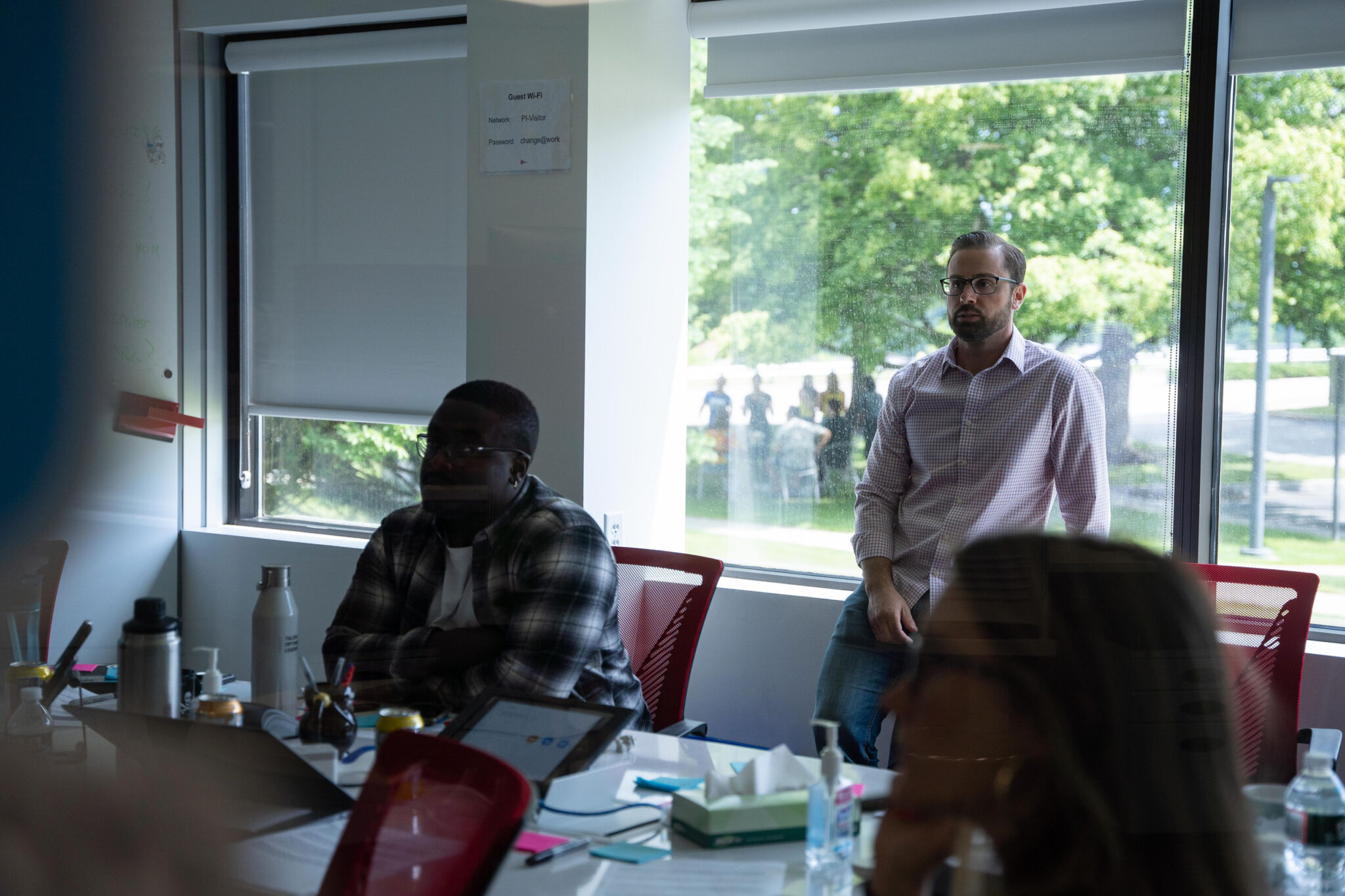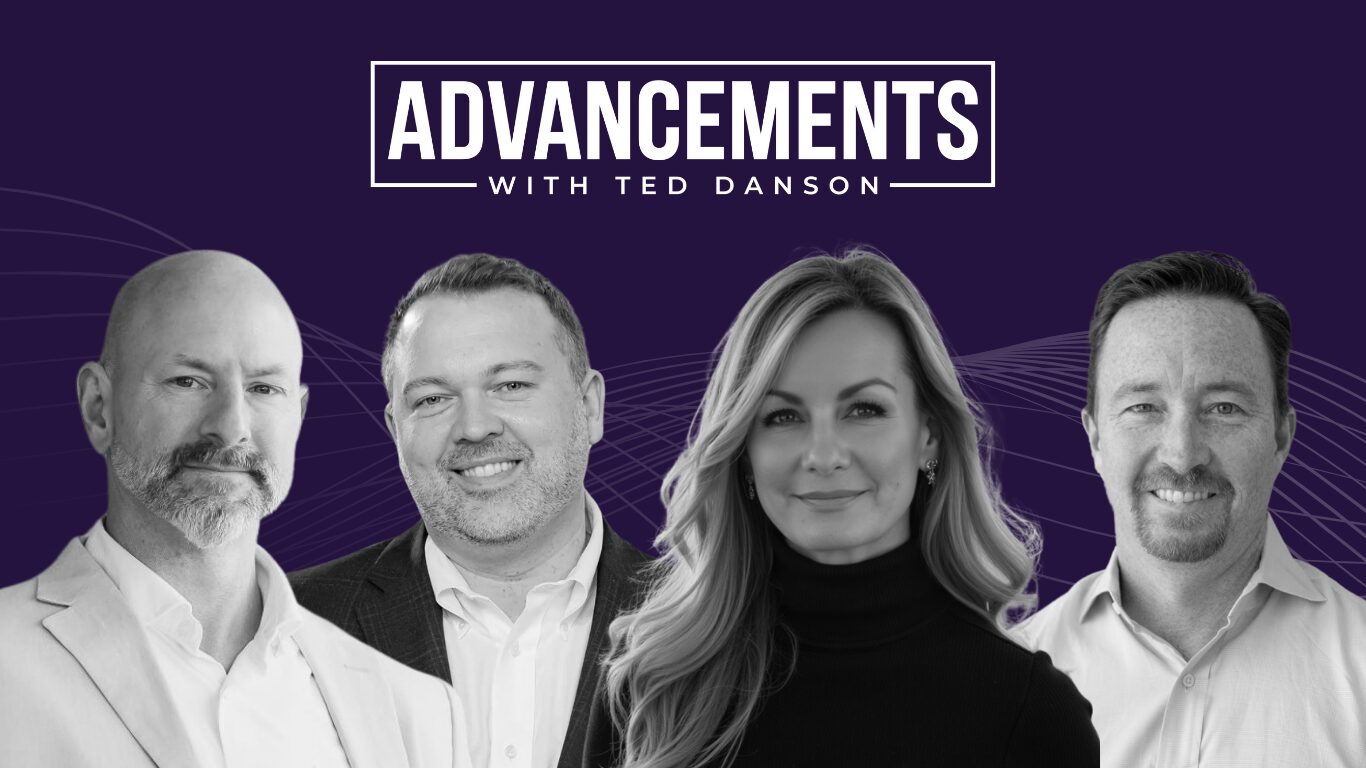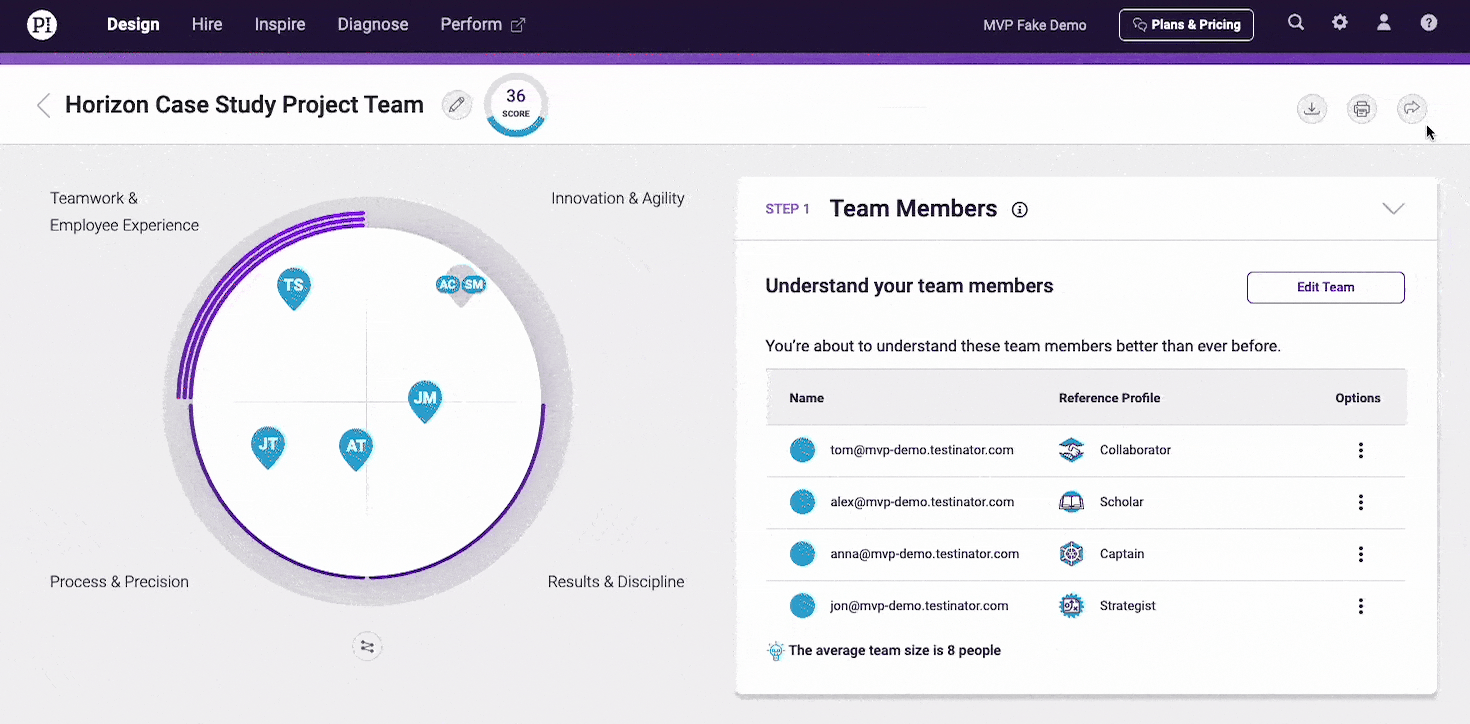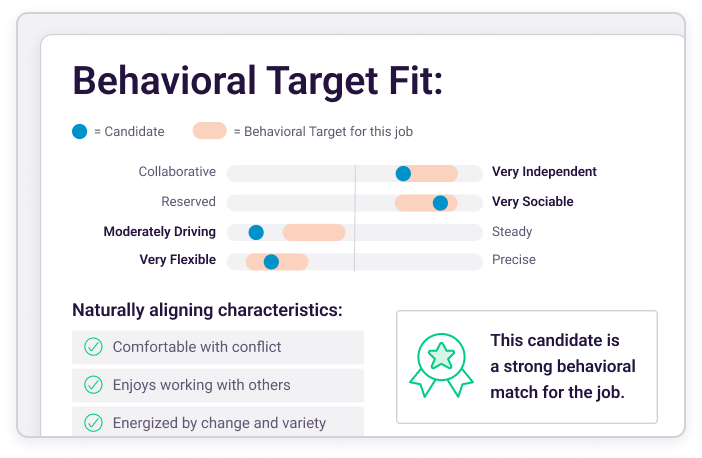What’s your top priority when making outside hires?
For many organizations, it’s about filling a role quickly. But ideally, you’re getting the right people into your organization, then placing them in jobs where they’ll thrive.
That’s easier said than done, of course. You can use behavioral data to match people you hire with the work they’re required to do, but it also helps to have a repeatable, measurable hiring framework. Enter the DASH Method.
DASH stands for:
- Define
- Attract
- Select
- Hire
A little structure goes a long way in refining your hiring process. Let’s walk through how the DASH Method can complement other tools—such as PI Hire—to make it easier to select people who are more likely to be successful in a given role.
Other resources that might interest you:
- Let’s Get Smart About Hiring
- Workforce Planning to Meet Today’s Goals and Tomorrow’s
- 4 Common Hiring Mistakes Ruining Your Recruitment Process
Define
If you want to incorporate DASH into your hiring process, start by defining what you’re looking for in this position. There’s an important distinction here: You’re not listing out resume criteria.
Rather, you want to identify the behavioral traits that will help an individual succeed in this role. Those traits will vary depending on not just the role itself, but also the team the person will be joining. For example, if the existing group is loaded with high dominance drives, you may seek a more collaborative person to add balance.
To start, consider the following:
- Will this person work remotely?
- Does this role manage others?
- Is this a new position?
- If not, why was the position vacated?
Consider why this job is important, and what sort of impact leaving the role vacant would have on the organization. Would that hurt revenue, or customer satisfaction? Duties and responsibilities still matter. Think about deliverables or end products, and what separates an average performer in this role from a star.
Start thinking about who will be involved in the interview process, too. Whether they’ll be working directly with the candidate or not, these people should have a clear grasp of what the job entails.

Attract
OK, so you’ve revisited what this role entails. Next, you can start to determine the ideal behavioral pattern for it. The four behavioral factors are as follows:
- A: Dominance
- B: Extraversion
- C: Patience
- D: Formality
A person’s behavioral pattern is, in part, a reflection of their factor combinations—the amount they have of one drive versus another. Each combination can provide insights into the individual’s potential workplace behaviors.
Use the following table to select the traits (based on factor combinations) you’d like to see in a person best suited to fill this role.
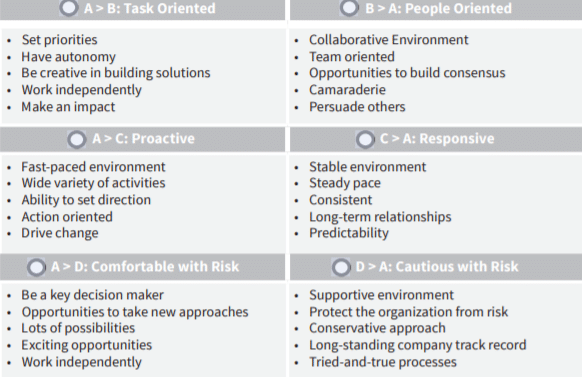
This exercise should help you create a job ad that’s not simply listing off qualifications or required levels of experience. Coupled with information about benefits, culture, or compensation, it can instead convey opportunity. It helps answer the question: Why would this person want to work at your company?
Select
Many recruiters and interviewers find the selection process pressure-packed. They’re short on time, aren’t armed with enough information, or haven’t refined their process enough to sort through a long list of seemingly viable candidates. DASH eases some of that pressure.
You’re now equipped with a clear understanding of the behavioral pattern you’re seeking. This allows you to leverage a tool like PI’s Interview Guide, and construct questions that probe for behavioral strengths or weaknesses based on specific situations. This will help you separate potential top performers from average candidates. For example:
Q: Tell me about a time when you had to deal with rejection during a cold call (i.e., A>D, comfortable with risk). How did you manage the situation, and what was the end result?
A: I thanked the prospect for their time, and took the “No” in stride. I always try to keep a positive outlook, which is critical when making hundreds of calls in a day. I know the rejection isn’t personal, and treat each as a learning experience for the next opportunity.
Obviously, questions and answers will vary depending on the role, the industry, and the duties at hand. But the idea is to get a sense for this person’s head and heart—not just their briefcase. Score their answers (1-10) by asking:
- How close is the match between the candidate’s behavioral pattern and the job pattern for the position (Head)?
- Did their values and interests align with your company culture, as discovered during the interview (Heart)?
- How close is the match between skills, knowledge, and experience for the job (Briefcase)?
Once you’ve ranked the candidate in each area, you’ll have a pretty good sense of their fit for the role. More importantly, you’ll have a repeatable and measurable gauge by which you can compare them with other candidates who go through the interview process.

Hire
If things go according to plan, the first three steps will get a great candidate through your door. But nailing the selection doesn’t complete the hiring process. You also need to get the onboarding piece right. And because each new hire will have a different behavioral pattern, onboarding won’t look the same for everyone.
Revisit the person’s pattern and factor combinations as you map out their first week. You want everyone to feel welcome and comfortable. Just as a highly extraverted employee may enjoy meeting all their new team members on day one, someone with low extraversion may find it terrifying.
Here are a couple suggested adjustments you can make during that first week, based on an individual’s factor combinations:
- A>B (task-focused): Provide a schedule prior to the first day. Explain how their role fits within the big picture of the organization, and alternate between times of interaction with team members and more private stretches.
- B>A (people-focused): Offer chances for early facetime, allowing this person to establish relationships quickly and naturally.
- A>C (proactive): Keep the process moving and varied, and ask for their input on what’s working, or what else they’d like to do.
- D>A (risk-averse): Provide detail up front, review the job description together, and offer regular encouragement and support to reassure them they’re on track.
There are other factor combinations, of course, and each new hire will require different adjustments. This is simply a starting point, designed to help you think about the process with an awareness of behavioral preferences.
No hiring process is going to be flawless 100 percent of the time. But with a defined, repeatable process that emphasizes the person, as opposed to the job itself, you’ll take a lot of that pressure off your team.
Get the right people in the door, put them at ease early, and you’ll be amazed at how hiring can pay dividends. You’ll see the benefits throughout your company and culture—because you’re adding good people to good teams.
Join 10,000 companies solving the most complex people problems with PI.
Hire the right people, inspire their best work, design dream teams, and sustain engagement for the long haul.
